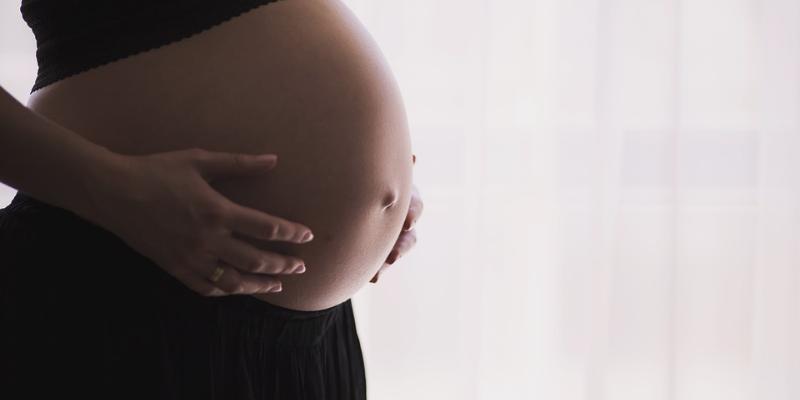Besides being filled with the joy of awaiting the birth of their child, future moms are often concerned about the prospect of labour pain. Although it cannot be avoided completely, there are numerous methods to bring relief to pregnant patients.
It should be remembered that the person providing care during labour should inform the female patient on all non-pharmacological and pharmacological methods of labour pain relief, assist her in the selection of these methods and respect her decisions.
Natural methods
Natural methods include special relaxation exercises, breathing techniques, massage and baths in warm water. The patient is suggested to move around during the first stage of labour and assume such position (also vertical) that would ensure comfort, relieve pain and facilitate the monitoring of the foetus.
Opioid (narcotic) medications
The most commonly used medication is dolargan, administered intravenously or intramuscularly. It provides strong pain relief, but also causes muscle flaccidity, so it can weaken contractions in the uterus.
It easily accesses the blood of the foetus in blood through the placenta, sometimes causing respiratory disorders in the foetus. Therefore, it should only be used during the first stage of labour, to prevent it from appearing in the child’s blood after birth. It is tolerated well by patients.
Laughing gas
Nitrogen suboxide, i.e. laughing gas. This is the only inhalant product to anaesthetise labour. The type used in obstetrics is entonox – a gas mixture of nitrogen suboxide and oxygen. Nitrogen suboxide relieves pain and displays certain euphoric properties, which is why it is commonly referred to as “laughing gas". When administered, the patient’s disposition improves, she is relaxed and slightly dazed.
Entonox is administered through a special mouthpiece or mask, and the patient may adjust the dosage on her own. Inhalant labour anaesthesia is safe and leaves the mother and the child unaffected. Parents willingly use it.
Epidural anaesthesia
The most invasive, but also the most effective way to prevent labour pains, a kind of conduction anaesthesia. It involves the placing of a special narrow catheter in the epidural area of the loin spine, which hosts nerves responsible for labour pain. Local anaesthetics are administered through the catheter to stop the pain stimuli in the uterus and crotch from reaching the brain.
This allows substantial reduction in pain without significantly impairing movement, but can temporary weaken legs. The feeling of uterine pressure is preserved, the contractions are sensed as stomach flexing, and the patient remains active during labour. She can walk, exercise on a ball and use the toilet.
TENS – transcutaneous electrical nerve stimulation
The TENS simulator is a small device producing low-frequency currents. It is connected to four electrodes fixed to the patient’s back near the lumbosacral spine. Electrical impulses induce the effect of pain relief, the contractions become weaker and the patient experiences a tingling sensation in her back.
It is a non-invasive method, absolutely safe for the mother and the child. It is also convenient, allowing the patient to freely move around and change positions.









Comments (0)